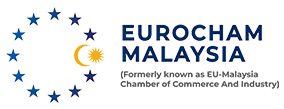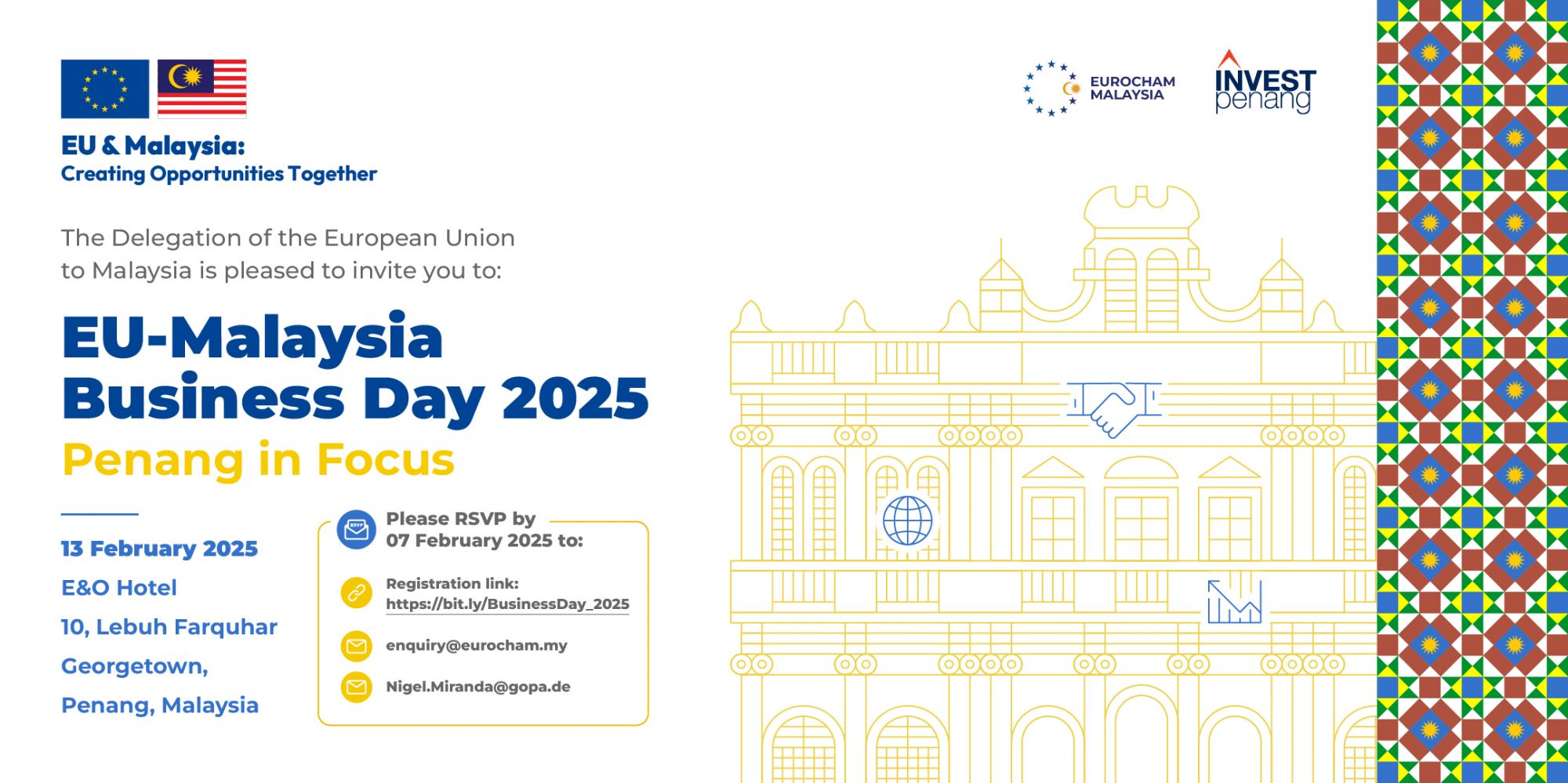The Commission has today disbursed €800 million in payments under NextGenerationEU, the temporary instrument to finance Europe's recovery and foster a greener, more digital and resilient economy after the pandemic.
The payments made today are going to 41 national and regional programmes in 16 Member States (France, Greece, Czechia, Germany, Poland, Lithuania, the Netherlands, Slovakia, Estonia Austria, Denmark, Finland, Bulgaria, Sweden, Portugal and Croatia) from the Recovery Assistance for Cohesion and the Territories of Europe initiative (REACT-EU), the initiative which helps Member States finance crisis response and recovery measures following the coronavirus pandemic. The funds under the REACT-EU constitute additional resources for existing Cohesion policy programmes.
The measures under REACT-EU will bridge the gap between the emergency response and long-term investments by strengthening the resilience of healthcare systems, preserving and creating employment, in particular for young people, supporting the most vulnerable in our society, and providing working capital and investment support for small and medium-sized enterprises.
REACT-EU finances targeted measures for the green and digital transitions to quickly address the negative consequences of the outbreak, for example, through investments in energy efficiency, urban greening and digitalisation.
The disbursement follows the successful implementation of the first borrowing operation under NextGenerationEU. The €20 billion 10-year bond was the largest-ever institutional bond issuance in Europe and the largest amount the EU has raised in a single transaction. By the end of this year, the Commission intends to raise some €80 billion in long-term funding, to be complemented by short-term EU-Bills.
Members of the College said:
Commissioner for Cohesion and Reforms, Elisa Ferreira, said: "I am glad that Cohesion policy remains at the forefront of crisis response and recovery. REACT-EU was the first NextGenerationEU Instrument to be finalised, its programmes were the first ones to be adopted and it is now the first channelling support to our economy, businesses and workers. REACT-EU brings much needed additional investment firepower to existing Cohesion policy programmes to further stimulate a robust, fair and cohesive recovery.”
Commissioner for Budget and Administration, Johannes Hahn, added: “I am very happy that we succeeded to kick-start the NextGenerationEU issuances as scheduled. As of today money under NextGenerationEU is already used via REACT-EU to help our regions and cities recover from the pandemic and build a greener, more digital and more resilient Europe.”
Reaching the real economy
The additional funds will be primarily channelled through the European Regional Development Fund (ERDF) and the European Social Fund (ESF), including the Youth Employment Initiative (YEI). Some of the new resources will also be used to top-up the European Fund for Aid to the Most Deprived (FEAD) for the 2014-2020 period.
To provide the maximum possible assistance to the Member States, the conditions for the use of these additional resources have been simplified:
- National co-financing is not obligatory - that means that the EU can cover 100% of the cost if Member States deem it necessary.
- Immediate liquidity in the form of an 11% pre-financing will help to ensure a quick roll-out of this support, preventing any bottlenecks.
- There is no ex-ante conditionality, nor any requirements for thematic concentration or allocation by category of region. The scope of support is wide and transfers between ERDF and ESF are possible.
- Projects dating back to 1 February 2020 can be retroactively reimbursed.
Ensuring transparency and accountability
To coincide with these first payments, a new REACT-EU dashboard has been launched on the Commission's Cohesion Open Data Platform, to provide up to date information on the use of the REACT-EU resources across the EU. Cross-cutting themes such as green, digital and specific measures for climate adaptation are highlighted, in addition to data on specific investment areas by fund. The dashboard was put in place to facilitate access to public data and to ensure transparency and accountability.
Read more here: https://ec.europa.eu/commission/presscorner/detail/en/ip_21_3262
#EUcommissions #nextgenerationEU #europe #eurochammy









